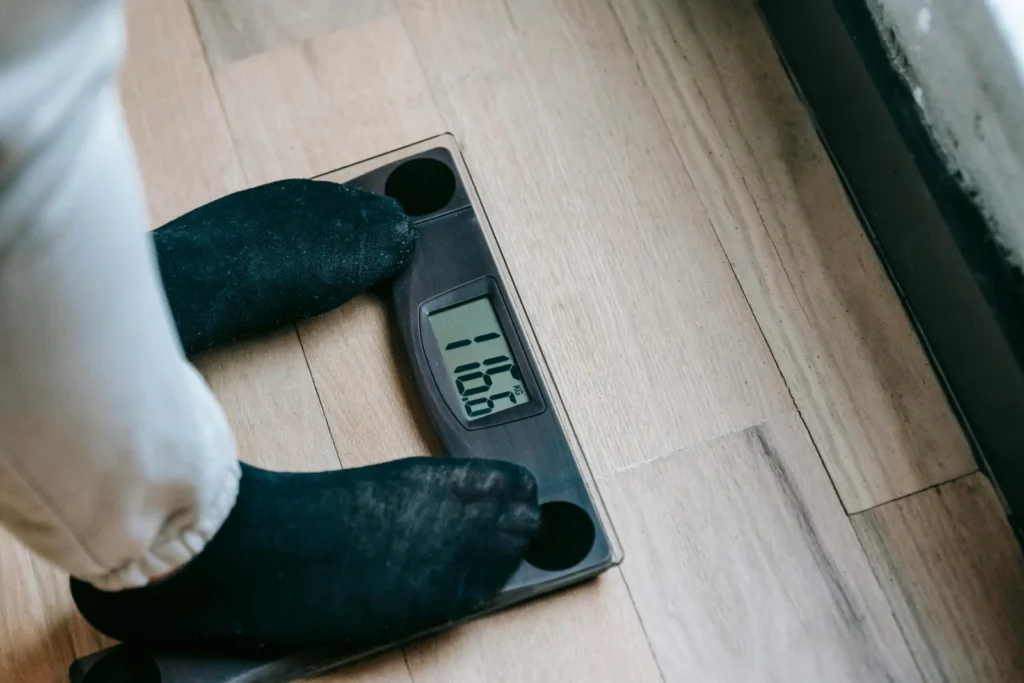Introduction
Weight targets are what almost everyone would like to attain; however, realization calls for an effort and knowledge of the right ways of going about it. This ultimate weight loss guide 10 strategies gives you bite-sized actionable steps, detailed breakdowns, and proven strategies to help you shed those extra pounds successfully. By focusing on nutrition, workouts, mindset, and lifestyle changes, this one-stop guide will empower you to make progress.
FREE
Basics
After what weight loss is, what it really entails must be clear first. The burning of more calories than you’re taking in will directly lead you to weight loss. You gain a calorie deficit by just simply doing that. However, sustainable weight losses go beyond just calories: it is the combination of nutrition, exercise, and lifestyle habits altogether.
Calorie Counting
Calories are units of energy the body uses in its various functions. Any excess that doesn’t find a way out is mainly sequestered in the fat. A calorie deficit relates to losing weight, where the body has to begin to burn fat instead of obtaining energy from the outgoing calories.
Metabolism
Closely interlinked to the area of metabolism is the weight loss field. The human metabolism decides how well the body will burn calories. This is dependent upon certain factors like age, heredity, muscle mass, and levels of activity. Increasing muscle and being active will increase metabolism in an easier manner.
Step 1: Set Realistic Goals
Start out small-this also means that your goal should be within reach. Setting unrealistic expectations is nothing but a recipe for getting frustrated and burned out. Aim for progressive and sustainable weight loss, through blood- or diet-cutting: 1-2 pounds a week.
Action Plan:
- First, set your long-term goal (e.g., 20-pound weight loss over six months).
- Then create healthy and realistic milestones.
- Take baby steps, from the sleep improvement to boosting energy levels.
Step 2: Follow Mindful and Balanced Nutrition
Diet makes up a significant portion of the weight loss process. Do not follow starvation-based crash or fad diets. Instead, follow balanced eating habits through various foods and nutritional values.
Expert Nutrition Principles:
- Whole Foods: Select fruits, vegetables, lean protein, whole grain, and good fat.
- Portion Size: Use a plate of the smaller size, serve food in measured portions, and avoid eating directly from packages.
- Processed Food: Avoid sugary snacks, fast foods, and refined carbs.
- Mindful Eating: Always chew properly and listen to the body.
Example Meal Plan:
- Breakfast: Greek yogurt with berries and granola.
- Lunch: Grilled chicken salad, with olive oil dressing.
- Dinner: Baked salmon with quinoa and steamed broccoli.
- Snacks: Almonds, carrot sticks, or an apple.
Step 3: Add Regular Exercise
Exercise is important if one wishes to burn calories, build muscles, and live healthy. A mixture of cardio, strength, and flexibility exercises produces maximum results.
Cardio:
Running, cycling, swimming, and other cardiovascular exercises are effective for shedding calories. Aim for at least 150 minutes of moderate-intensity cardio each week.
Strength Training:
Increase your muscle mass to enhance the resting metabolic rate and help burn calories while at rest possibly. Do exercises like squats, push-ups, and weightlifting two times a week.
Flexibility and Recovery:
Stretching and yoga improves flexibility, lowers stress, and helps with recovery. Set aside 10-15 minutes to stretch your muscles after every workout.
Pro Tip: Go on and indulge in activities you like to achieve a lasting habit of working out.
Step 4: Identify with Thirst
Drinking sufficient water speeds up metabolism and keeps the appetite suppressed. Often, thirst is confused with hunger, thus leading to caffeine consumption.
Hydration Tips:
Drink a glass of water before meals.
Carry a reusable water bottle to remain hydrated throughout the day.
Add lemon or cucumber slices in case plain water seems boring.
Step 5: Sleep More
Adequate sleep actually makes a difference in weight loss. Poor sleep interferes with hormones that regulate appetite and thus leads to more cravings and threatening overeating.
Sleep Hygiene Tips:
Aim for 7-9 hours of sleep each night.
Maintain an established sleep schedule.
Avoid screens and caffeine before bed.
Have a nice and soothing pre-sleep routine, like reading or meditating.
Step 6. Manage Your Stress
Unresolved stress can counteract the effects of weight loss as it starts increasing cortisol levels, which facilitate fat storage, especially in the abdomen. Finding healthy filtration systems for stress is, therefore, crucial.
Stress Management Techniques
Deep breathing exercises.
Engagement in any hobbies or activities you find joyful.
Being one with nature and doing some mindfulness meditation.
Connect with friends or family or seek professional help from a therapist.
Step 7: Monitor Progress
Tracking helps to be accountable and to see what’s working. Use fitness apps, journals, and wearable devices to track calorie intake, exercise, and overall progress.
What to Track
Weight and body measurements.
Achievements in fitness metrics: running distance or weights lifted.
Non-scale victories: boost in mood or energy levels.
Step 8: Establish Your Support System
Having support makes weight loss less of a tedious chore and more enjoyable. Choose to be around the people that will encourage you.
Different forms of support might include:
Join a fitness class or start a fitness community.
Work out with a friend or personal trainer.
Tell your loved ones about your goals so they’re hard to back down from.
Step 9: Keep Going With Your Patience
The loss of weight is slow. It is a marathon rather than a sprint with consistency and persistence being whatever it will take to initiate and sustain. Just remember that hiccups do occur—when they do, remind yourself that they are normal.
The motivators to keep one on track are:
Engage in the process, not the perfection.
Appreciate the small wins.
Remember why in the first place you set out.
Step 10: Adaptation and Individualization
Every weight loss program is a different experience. If it works for someone else, it does not mean that it will help you. Therefore, be ready to adapt your plan and test it out to find what suits your body and lifestyle.
Adapting to Your Program:
Lower your caloric intake when you’ve made progress.
Switch up your workouts; try something new to stave off plateaus and boredom.
Listen to your body and make changes as appropriate.
In Conclusion
When seeking weight loss, the ideal would be to turn to wholesome nutrition, adequate hydration, frequent exercise, proper sleeping, and buffering against stress. The methods discussed in this definitive guide will not only allow you to shed weight but ensure that you lead a very healthy life.
This is your journey, yours to make and keep. Be consistent. Celebrate each moment of progress. Love the process. With determination and the perfect tools, your weight loss will be an inevitable success, and you will gain a healthy, happy life.



